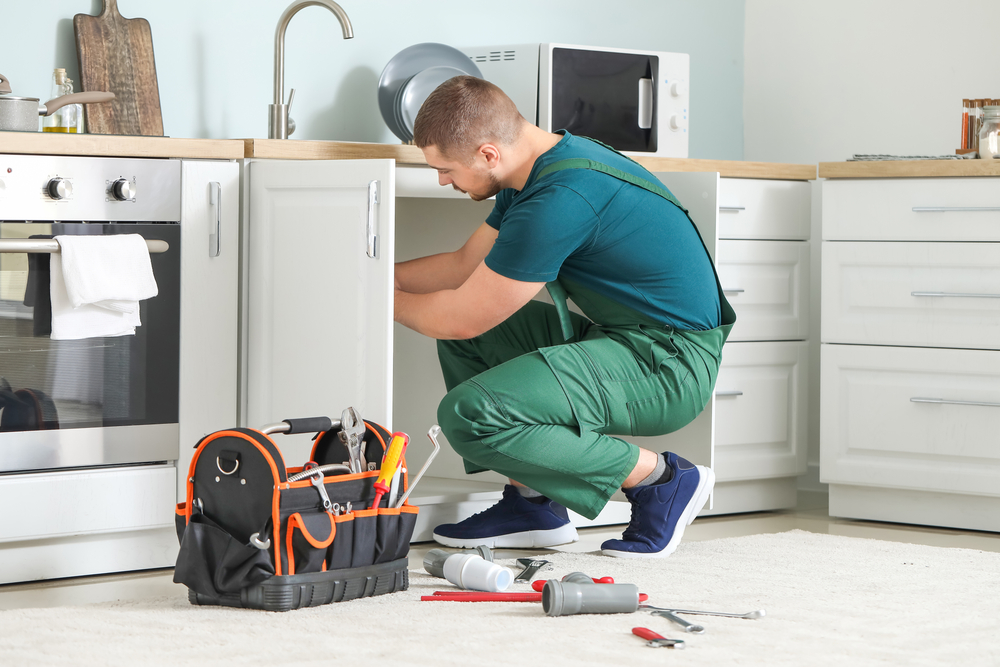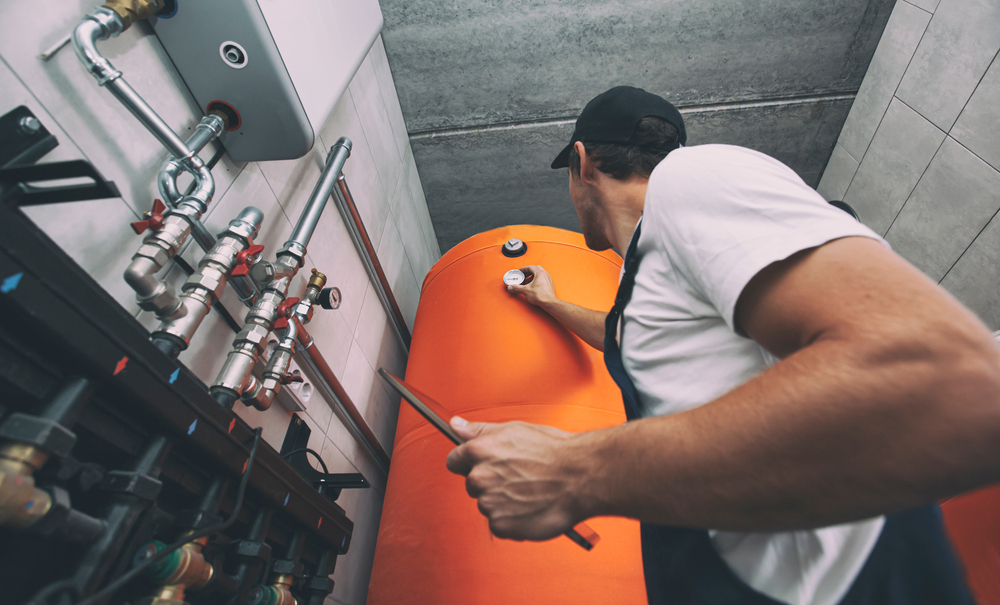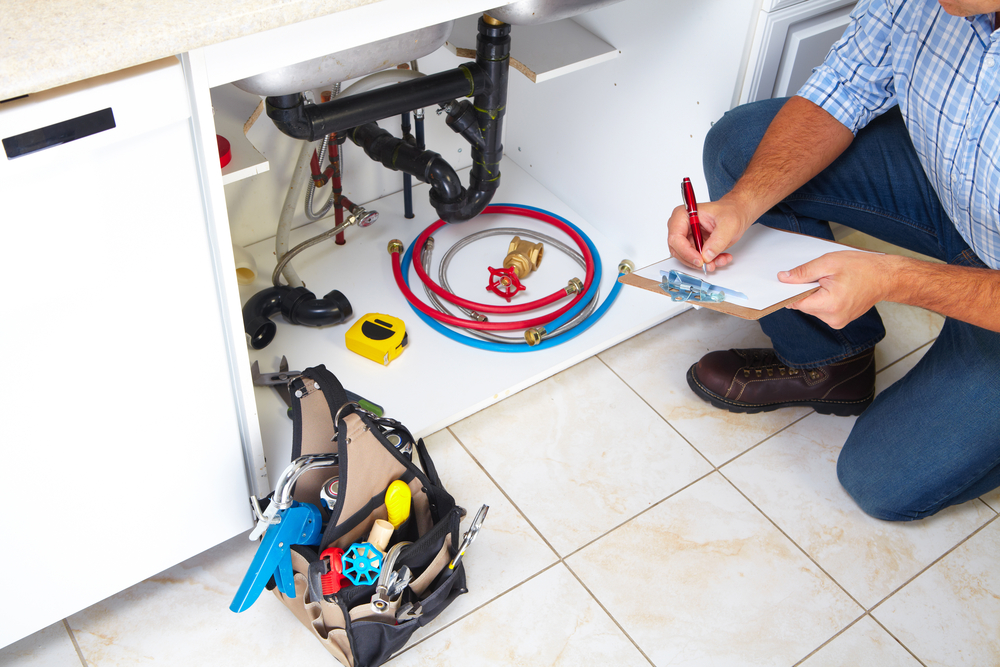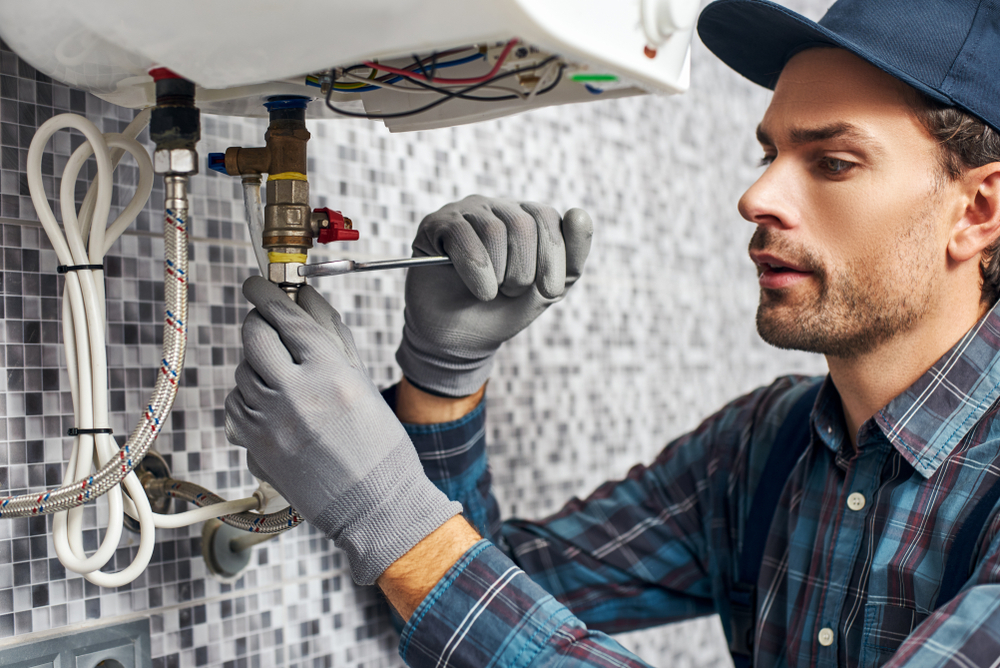Installation and Replacement of Residential Plumbing Systems: A Comprehensive Guide
Any residential house’s plumbing is absolutely essential and influences daily comfort, water safety, and property value. Whether you are building a new house or modernizing an old system, knowledge of plumbing installation and replacement is crucial. From design and material selection to installation and replacement of residential plumbing systems, testing, and maintenance, this all-inclusive handbook will bring you through the major steps. Correct plumbing guarantees flawless water flow in and out of your house, thereby affecting everything including food preparation and cleanliness as well as personal hygiene. Let’s delve into the specifics.
The Importance of a Well-Designed Plumbing System
The foundation of every house’s operation is a well-designed plumbing system. Imagine a day without running clean water or handling blocked drains. Apart from supporting daily operations, a strong plumbing system guarantees the proper wastewater disposal. Proper plumbing influences the long-term worth and health of your house going beyond convenience. Older systems or poor installation could cause water damage, mold development, and health hazards from tainted water.
Water efficiency and energy economy depend much on a trustworthy plumbing system as well. Modern systems cut water waste and lower utility costs by being built with energy-saving materials and clever layouts. For example, low-flow fixtures and energy-efficient water heaters can drastically reduce water and energy use. Therefore, the comfort of the household and its environmental impact will be long-lasting depending on the quality of installation and replacement choices.

Key Components of Residential Plumbing Systems
Understanding the several components involved will help one to completely appreciate the difficulty of plumbing installation or replacement. Two basic divisions define plumbing systems: the drainage system and the water supply system.
- Water Supply System: The system of water supply is in charge of getting the house with pure water. It features pipes delivering water from the main supply to several outlets like toilets, dishwashers, showers, faucets, and washing machines.
- Main water supply line: This pipe ties your house to either a private well or the municipal water supply. Usually buried under ground, it provides the main water source.
- Cold water and hot water pipes: These lines distribute cold and hot water to every fixture. The hot water line is connected to the water heater, while the cold water line delivers unheated water directly to fixtures.
- Shut-off valves: In case of leaks or repairs, these valves let you cut off water to particular sections or the whole house.
Drainage System
Wastewater from your house is removed by the drainage system and sent either a septic tank or the municipal sewer.
- Drainpipes: From sinks, toilets, and other out-of-house equipment, these pipes move wastewater Good slope and diameter guarantee seamless movement and help to avoid obstructions.
- Vent pipes: Vent pipes guarantee proper wastewater flow and help the drainage system to circulate air, so preventing pressure development.
- Traps: Under every fixture, these U-shaped pipes guard against sewer gasses invading the house. They also gather trash, therefore avoiding obstruction of the main drainage line.
The Planning Phase: Designing a Reliable Plumbing System
Planning is first and most important phase of any plumbing project. Whether you are updating an old system or installing a new one, careful design guarantees the cost-effective and efficient layout. A well-planned system guarantees that all fixtures run as they should, lowers the danger of leaks, and minimizes water pressure problems.
- Assessing the Home’s Layout: Determining where pipes and fittings should be located in your house depends on knowing its layout. For example, grouping kitchens and bathrooms close together helps to shorten plumbing lines, therefore lowering heat loss in hot water pipes and expenses. Furthermore lessening the likelihood of leaks is maintaining short plumbing lines.
- Compliance with Local Building Codes: Every municipality has particular rules and guidelines controlling replacement and installation of plumbing. These rules exist to guarantee environmental compliance, cleanliness, and safety. Ignoring these rules could lead to fines and might even call for deleting and reinstalling portions of your system.
- Acquiring the Necessary Permits: Most areas call for permits for major plumbing jobs. This guarantees that the work complies with local safety criteria and is checked. Getting the required licenses not only helps to avoid legal problems but also shields you should insurance claims for plumbing failures arise.
- Calculating Water Demand: Find out how much water your house needs before you install a plumbing system. The necessary water flow is affected by things including fixtures, appliances, and tenant count. Low water pressure resulting from overloading your system can impact everything from washing dishes to showering.

Choosing the Right Plumbing Materials
The materials you choose for your plumbing system play a huge role in its durability, safety, and efficiency. While budget constraints may influence your decision, selecting high-quality materials can save you from costly repairs in the future.
- Copper Pipes: For decades copper has been a reliable plumbing tool. Its main benefits consist in longevity, corrosion resistance, and durability. For hot water lines, copper pipes are perfect as they resist great temperatures. Copper is somewhat costly even with these advantages and calls for certain tools for installation.
- PEX (Cross-Linked Polyethylene): An inexpensive, flexible substitute for copper that is also growingly popular is PEX. Installing it is simple and calls less connections and fittings, thereby lowering the possibility of leaks. PEX can be used for hot and cold water lines and is also corrosion and scale resistant. Its adaptability lets it fit into small areas, which can help in complicated installations.
- PVC (Polyvinyl Chloride): Vent systems and drainage systems frequently call for PVC. It is resistant to chemical corrosion, light-weight, and simple to handle. PVC pipes cannot, however, be utilized for hot water supply since they could soften or deform under high temperatures.
- CPVC (Chlorinated Polyvinyl Chloride): Although CPVC is like PVC except with additional heat resistance, it is appropriate for hot water supply lines. Although less costly than copper, it provides more durability than ordinary PVC, therefore striking a mix between cost and performance.
- Galvanized Steel Pipes: Galvanized steel pipes are still prevalent in older homes even though they are hardly employed in contemporary projects. Over time, these pipes are prone to rust and corrosion which can cause discolored water, lower pressure, and possibly leaks. If galvanized pipes still exist in your house, new materials are highly advised to replace them.
Installing a New Residential Plumbing System: Step-by-Step Process
Installing a plumbing system from scratch calls for a rational approach. This guarantees correct installation of every component and seamless operation of the system.
- Laying the Water Supply Lines: Setting the water supply lines comes first in every project. These lines will run water from the main supply to several points of use in your house. The chosen material will affect the installation technique. For connections, PX uses crimp rings and fittings; copper pipes must be soldered together.
- Main water line installation: Start by tying the main water line from the well or street to the house. The entire system comes from this line.
- Branching out: Branch out to individual fixtures including sinks, showers, and appliances once the main line is in place.
- Installing shut-off valves: Every fixture should feature a shut-off valve to simplify maintenance and lower water waste should leaks call it.
Installing Drainage Pipes
The system of drainage pulls wastewater from the house using gravity. Preventing obstructions and guaranteeing seamless water flow depend on appropriate slope and pipe size.
- Main drain line: Install the main drain line first, which runs wastewater to the municipal sewage or septic system.
- Vent pipes: To guarantee correct water flow and enable air circulation, connect vents to the drainage system.
- Traps: Under every sink, shower, and other device, install traps to stop sewage gasses from getting into your house.
Connecting Fixtures
It’s time to link the plumbing fittings once the drainage and supply lines are laid. This covers everything from sink and toilet to dishwasher and washing machine. Every fixture has to be hooked to the drainage system as well as the water supply.
- Aligning fixtures: Make sure every fixture is well anchored to the floor or wall.
- Water-tight connections: Make sure the connecting locations are leak free by using appropriate fittings and plumber’s tape.

Pressure Testing the System
Testing the system for leaks and appropriate water pressure is absolutely vital before you call the installation complete. This entails system pressurizing and looking for leaks in every link. Any leaks should be fixed right away to stop more issues down road.
- Inspection and Final Adjustments: To guarantee that the plumbing system follows construction rules, most towns call for a last inspection of it. Examining correct installation, water pressure, drainage, and general safety will fall to a trained inspector Once the system passes inspection, you can make any required changes such calibrating the water heater or fine-tuning water pressure.
- Replacing an Old Plumbing System: Older homes may have a plumbing system that finally wears out from corrosion, mineral accumulation, or obsolete components. Although it may seem overwhelming, replacing the whole system is usually required to guarantee compliance with new norms, safety, and efficiency.
Signs That It’s Time for Replacement
- Frequent Leaks: Repairing pipe leaks on a regular basis can indicate that the pipes need to be replaced since they are degrading.
- Low Water Pressure: In aged pipes, mineral accumulation or corrosion can restrict water flow, hence producing low water pressure.
- Discolored Water: Usually indicating corrosion in the pipes, brown or rusty water comes from:
- Outdated Materials: Homes built with galvanized steel or lead pipes should modernize to safer, contemporary materials.
The Replacement Process
Though with some more difficulties, replacing an existing plumbing system uses a similar procedure to building a new one. Here’s what to Anticipate:
- Shutting Off the Water Supply: Turning off the primary water supply to the house comes first. This lets the plumber operate safely and helps to avoid flooding.
- Removing Old Pipes: Careful cutting out and removal of the old pipes will be necessary. Particularly in homes with pipes buried under floors or walls, this is usually the most labor-intensive section of the operation.
- Installing New Pipes: Following the same techniques as in a new installation, the new pipes are placed in the same sites as the old ones. Different approaches could be needed based on the chosen material.
- Reconnecting Fixtures: All fittings are hooked back to the water supply and drainage systems after the new pipes are in place.
- Testing and Inspection: The newly installed system will be pressure checked to guarantee no leaks once more. The system will then be checked once more to be sure it satisfies all codes.
Common Challenges in Plumbing Installation and Replacement
Although installing or updating a plumbing system can be simple, problems usually surface during the process. Here are some typical problems together with some tips on how to address them:
- Tight Spaces: Older homes may have restricted area for new plumbing lines. PEX and other flexible piping materials enable one to negotiate tight corners and minimize necessary destruction.
- Obstructions:Sometimes pipes have to be redirected to avoid rafters or joists in terms of structure. In such situations, thorough preparation is required to preserve the integrity of the system without compromising the construction of the house.
- Dealing with Old, Outdated Systems: Older houses could have out-of-date plumbing layouts that violate contemporary building requirements. More thorough renovation projects including shifting walls or rearranging rooms to fit the new system can follow from this.

Maintenance Tips for Your Plumbing System
Regular maintenance is crucial to keep your new or replacement system running as it should once it is set up. Here are some main guidelines to guarantee efficiency and lifetime:
- Monitor for Leaks: Review your pipes, fittings, and connections often for leaks.
- Clean Drain Traps: Especially in the kitchen and bathroom, routinely clear drain traps to prevent clogs.
- Flush the Water Heater: As sediment accumulates in water heaters, their efficiency suffers. Minimum once a year, flush your water heater.
- Test Water Pressure: High water pressure raises the possibility of leaks and strains pipes. Install, if necessary, a pressure regulator.
- Use a Drain Snake for Clogs: Chemical drain cleaners should be avoided since they over time could ruin pipes. Clear clogs instead with a drain snake or plunger.
Conclusion: Ensuring a Safe and Efficient Plumbing System
A safe and effective plumbing system depends on knowing the process whether you are replacing an old system or building a new one. From design and material selection to adherence to building requirements and routine plumbing maintenance, every action adds to the general lifetime and performance of your plumbing.
This information will help you to make wise decisions and guarantee that the plumbing system of your house will last for many years to come.
Plumbing Services CA
https://maps.app.goo.gl/31Yt4rhDrainzNJ4A
(279) 203-0765
https://plumbingservicesca.com/
